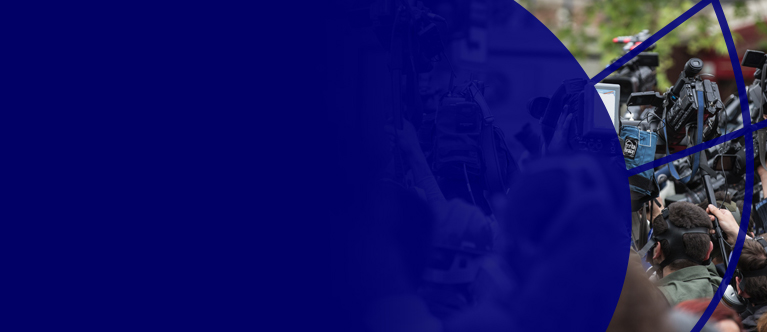Irish Aviation Authority Increases Turnover to EUR154m - Air traffic levels continue to increase with growth in all areas of aviation activity
24 April 2008: The Irish Aviation Authority (IAA) today announced that it had recorded another strong performance in 2007. The IAA's Annual Report and Accounts for 2007 show that turnover increased by 14.8 per cent to EUR154.2 million, up from EUR134.4 million in 2006. Profit after tax was recorded at EUR14.7 million, compared with EUR13.7 million in 2006.
The IAA is a commercial semi-State body responsible for the provision of air traffic control services in Irish-controlled airspace and the safety regulation of the Irish civil aviation industry. The IAA's revenue primarily comes from charging aircraft that use Irish airspace. The majority of these aircraft do not land at Irish airports, but instead transit through Irish airspace between Europe and North America.
Air traffic levels increased during 2007 as follows;
- Terminal commercial traffic (i.e. commercial aircraft landing or departing the three State airports) rose by 6.6 per cent to 267,828 movements. Dublin increased by 8 per cent on 2006 to 196,058 aircraft movements; Shannon increased marginally (less than 1 per cent) to 35,630 movements while Cork increased by 5 per cent to 36,140 movements.
- En route traffic rose by 5.5 per cent over 2006 figures to 310,831 movements. (The majority of these are aircraft which overfly Irish-controlled airspace en route between Europe and North America and do not touch down at Irish airports.)
- North Atlantic airspace communications traffic rose by 6 per cent to 414,645 flights. (The IAA radio station at Ballygirreen, Co. Clare provides the vital radio link between air traffic controllers and pilots on the Eastern half of the North Atlantic.)
The Irish aircraft register continued to grow with a total of 1,132 aircraft on the Irish register at 31 December 2007, up from 981 in 2006. In particular, heavy commercial aircraft rose from 409 in 2006 to 475 in 2007. The number of Irish aircraft on overseas ‘dry leases' or in storage was 210 at year-end. Helicopters numbers have shown significant growth in recent years with 162 on the register at end December 2007 compared with 56 in 2000. Currently, the main carriers are Ryanair (165 aircraft), Aer Lingus (40 aircraft), CityJet (30 aircraft), Aer Arann (14 aircraft) and Air Contractors (15 aircraft). The IAA provides safety standards surveillance on all Irish air carriers, personnel, maintenance organisations and aircraft.
At the IAA's Annual General Meeting held today, Chairman Jerry Liston expressed his satisfaction at the results, saying "I am very pleased to report that the Irish Aviation Authority enjoyed further success in 2007, both as a safety regulator and as a provider of air navigation services. The Authority is focused on the implementation of the Single European Sky proposals and the European Aviation Safety Agency regulations and continues to respond in a positive manner to the changing European aviation environment."
Commenting on the results, IAA Chief Executive, Mr. Eamonn Brennan, said; "2007 was a successful year for safety and financial performance. We enhanced our consultation process with our main customers through the introduction of the Customer Relationship Management tool. As an air navigation service provider in the North Atlantic oceanic interface, as well as being the air traffic service provider at the three state airports, the Authority believes that a strong customer relationship is the key to effective air navigation service provision."
ENDS
For further information contact:
Lilian Cassin
Corporate Communications Manager
Irish Aviation Authority
Tel: + 353 87 647 4079 / + 353 61 366 226
Email: lilian.cassin@iaa.ie
Frans Van Cauwelaert / Andrew McLindon
WHPR
+ 353 1 669 0030 / + 353 87 947 6743
frans.vancauwelaert@ogilvy.com
andrew.mclindon@ogilvy.com
Notes to the Editors:
-
The Irish Aviation Authority (IAA) was established as a commercial State body in 1994.
-
IAA services include air traffic management, engineering and communications in Irish-controlled airspace, as well as providing radio communications between air traffic controllers and pilots on the Eastern half of the North Atlantic.
- The regulatory functions include aircraft airworthiness certification and registration; the licensing of personnel and organisations involved in the maintenance of aircraft; the licensing of pilots, air traffic controllers and aerodromes and the approval and surveillance of air carrier operating standards and of general aviation.
- The IAA ensures that Irish civil aviation operates to the highest international safety standards.
- The IAA is amongst the most cost-effective providers of air navigation and regulatory services in Europe.
- The IAA provides international training and consultancy services.
- The IAA receives no funding from the Government or the Exchequer. The IAA is a limited liability company. All shares are held by the Departments of Finance and Transport.
- The Single European Sky is an EU initiative aimed at creating a more efficient and harmonised air traffic management system across Europe.



